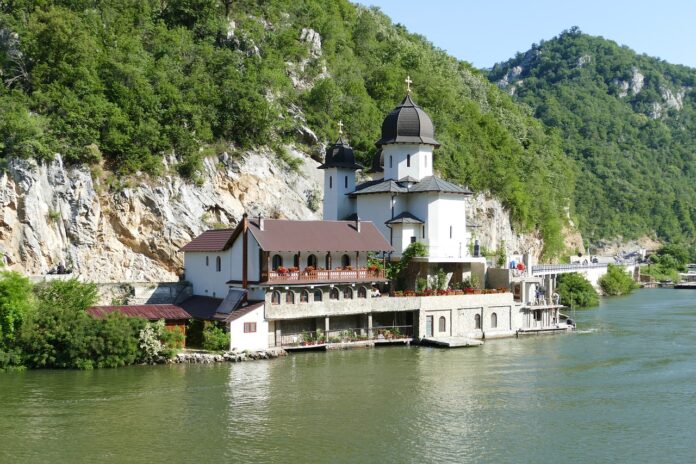20 Interesting Facts about Serbia
- Location and Borders: Serbia is located in Southeast Europe, in the central and western part of the Balkan Peninsula. It is bordered by Hungary to the north, Romania to the northeast, Bulgaria to the southeast, North Macedonia to the south, Croatia and Bosnia and Herzegovina to the west, and Montenegro to the southwest.
- Square: The country covers an area of approximately 77,474 square kilometers.
- National Currency: The currency of Serbia is the Serbian Dinar (RSD).
Interesting Facts about Serbia:
- Serbia has been the world’s top exporter of raspberries for many years. In 2019, Serbia harvested about 150,000 tons of raspberries, accounting for 20% of the global production.
- The history of Serbian watchmaking is older than the world-renowned Swiss watch industry. Serbs had their own watches 600 years before they were made in Switzerland.
- More than a dozen Roman emperors were born on the territory of modern-day Serbia. The most famous among them is Constantine the Great.
- In 2008, the Republic of Kosovo declared independence from Serbia, and currently, 108 countries worldwide recognize Kosovo.
- The history of vampires traces back to some unexplained phenomena in Serbia and the northern part of the country, which locals could only attribute to vampires.
- In 1963, Serbia was able to send the first satellite signal connecting Europe and North America.
- Both Cyrillic and Latin scripts are taught in schools. Officially, Cyrillic is used, but the Latin alphabet is very popular, especially among the youth.
- The Serbian currency is the dinar. Due to hyperinflation in the 1990s, banknotes with denominations of up to 500 billion dinars were issued.
- Another interesting fact about Serbia is that Belgrade has participated in 115 wars and earned the nickname “White Phoenix” because it has been destroyed and rebuilt more than 44 times in history.
- Tourism is highly developed in this small country, especially in the resort and eco-village directions. Famous Serbian hot springs and baths were known during the Roman Empire and many are still in use today.
- In the 19th century, an unwritten rule was adopted in Serbia to write down every word as it was heard. This rule persists to this day.
- Unique properties of healing water and mud attract people suffering from various chronic diseases, as well as those wishing to restore natural energy and improve health. There are 53 spas with mineral springs in the country.
- Silver Lake, often referred to as the Serbian sea, is the largest lake in Serbia. It is also one of the cleanest and most beautiful lakes in Europe.
- In betting shops, you can bet on football teams and matches with cockroaches or on how many advantages a presidential candidate will win in the upcoming elections.
- The hunting camp Lipensk-Vir is the first civilization in Europe to leave a sculpture. This proves that these settlements were highly developed as early as 7000 BC.
- Serbia is known for its rich cultural heritage, including monasteries and churches, many of which are UNESCO World Heritage Sites.
- The Serbian Orthodox Church, founded in 1219, is one of the oldest Orthodox churches in the world.
- The Djerdap National Park, located along the Danube River, is home to the Iron Gates, one of the largest and most impressive gorges in Europe.
- The city of Novi Sad hosts the EXIT music festival, one of the largest and most popular music festivals in Europe, attracting hundreds of thousands of visitors every year.
- The Belgrade Fortress, located at the confluence of the Sava and Danube rivers, has been a strategic military site for centuries and offers stunning views of the city.
